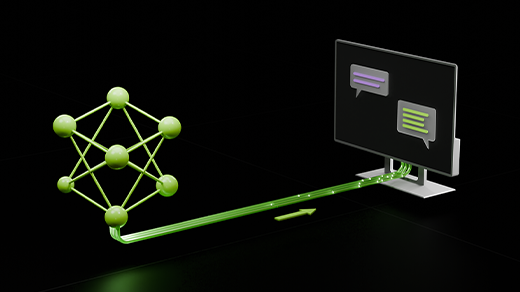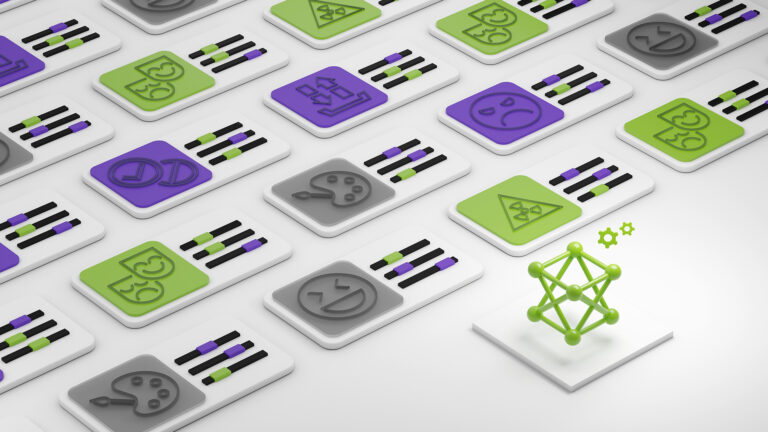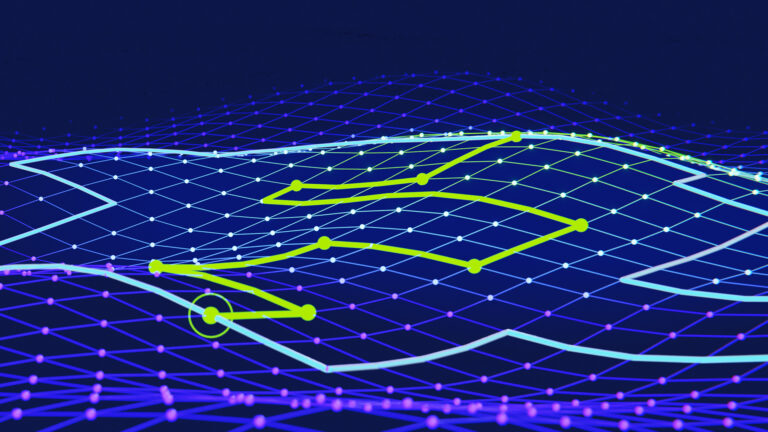 Updates include tensor parallel support for Mamba2, sparse mixer normalization for MoE models, and more.
Updates include tensor parallel support for Mamba2, sparse mixer normalization for MoE models, and more.
Updates include tensor parallel support for Mamba2, sparse mixer normalization for MoE models, and more.
 Updates include tensor parallel support for Mamba2, sparse mixer normalization for MoE models, and more.
Updates include tensor parallel support for Mamba2, sparse mixer normalization for MoE models, and more.
Updates include tensor parallel support for Mamba2, sparse mixer normalization for MoE models, and more.
 NeMo Curator now supports images, enabling you to process data for training accurate generative AI models.
NeMo Curator now supports images, enabling you to process data for training accurate generative AI models.
NeMo Curator now supports images, enabling you to process data for training accurate generative AI models.
 Learn about accelerating vector search with NVIDIA cuVS and Apache Solr on October 10 at Community Over Code.
Learn about accelerating vector search with NVIDIA cuVS and Apache Solr on October 10 at Community Over Code.
Learn about accelerating vector search with NVIDIA cuVS and Apache Solr on October 10 at Community Over Code.
 Reinforcement learning from human feedback (RLHF) is essential for developing AI systems that are aligned with human values and preferences. RLHF enables the…
Reinforcement learning from human feedback (RLHF) is essential for developing AI systems that are aligned with human values and preferences. RLHF enables the…
Reinforcement learning from human feedback (RLHF) is essential for developing AI systems that are aligned with human values and preferences. RLHF enables the most capable LLMs, including ChatGPT, Claude, and Nemotron families, to generate exceptional responses. By integrating human feedback into the training process, RLHF enables models to learn more nuanced behaviors and make decisions that…
 Join NVIDIA cuOpt engineers at INFORMS 2024 on October 22-23 to learn how to revolutionize accelerated computing.
Join NVIDIA cuOpt engineers at INFORMS 2024 on October 22-23 to learn how to revolutionize accelerated computing.
Join NVIDIA cuOpt engineers at INFORMS 2024 on October 22-23 to learn how to revolutionize accelerated computing.
 Antarctica plays a crucial role in regulating Earth’s climate. Most climate research into the world’s coldest, most windswept continent focuses on the…
Antarctica plays a crucial role in regulating Earth’s climate. Most climate research into the world’s coldest, most windswept continent focuses on the…
Antarctica plays a crucial role in regulating Earth’s climate. Most climate research into the world’s coldest, most windswept continent focuses on the surrounding Southern Ocean’s carbon dioxide absorption, or its vast, sunlight-reflecting glaciers. A group of Australian scientists is taking a different approach. Researchers are diving deep into Antarctic moss beds, using an AI-powered edge…
AI isn’t just about building smarter machines. It’s about building a greener world. From optimizing energy use to reducing emissions, artificial intelligence and accelerated computing are helping industries tackle some of the world’s toughest environmental challenges. As Joshua Parker, NVIDIA’s Senior Director of Corporate Sustainability, explains on the latest edition of NVIDIA’s AI Podcast, these
Read Article